"Big Model ToG Market Attack, A Game for the Minority!
![]() 10/25 2024
10/25 2024
![]() 411
411


Compared to the money-losing tactics in the ToC and ToB markets, despite its flaws, the ToG market is undoubtedly the quickest path to seeing a return on investment.
@TechInsights Original
Local state-owned enterprises are propping up half of the domestic big model commercialization efforts.
OpenAI threw down the gauntlet with ChatGPT at the end of 2022, establishing a beacon for the global AI industry. However, in 2023, domestic policy support for large language model development was relatively lacking, focusing more on guiding the overall development of the AI industry or computational power support.
It wasn't until the Cyberspace Administration of China, jointly with multiple ministries and commissions, issued the "Interim Measures for the Administration of Generative Artificial Intelligence Services" that targeted policies began to emerge across the country, culminating in an explosion of activity this year. The enthusiasm of local governments has driven centrally-administered state-owned enterprises (CASOEs) supported by local state-owned enterprises to quickly launch big model-related projects and open market tenders.
The list of winning bidders includes familiar names such as Baidu, iFLYTEK, Huawei, and Zhipu AI, one of the domestic big six AI models, which is also highly competitive in terms of the number of winning bids.
While the technological breakthroughs and application capabilities of AI big models are impressive, the actual commercialization scenarios for their implementation have been slow to materialize. Whether Baidu, iFLYTEK, Zhipu, and other big model enterprises can reach their destination by boarding the ToG express train, or whether they will need to take a detour, remains to be seen.
01.
The Battle for Market Share Divides
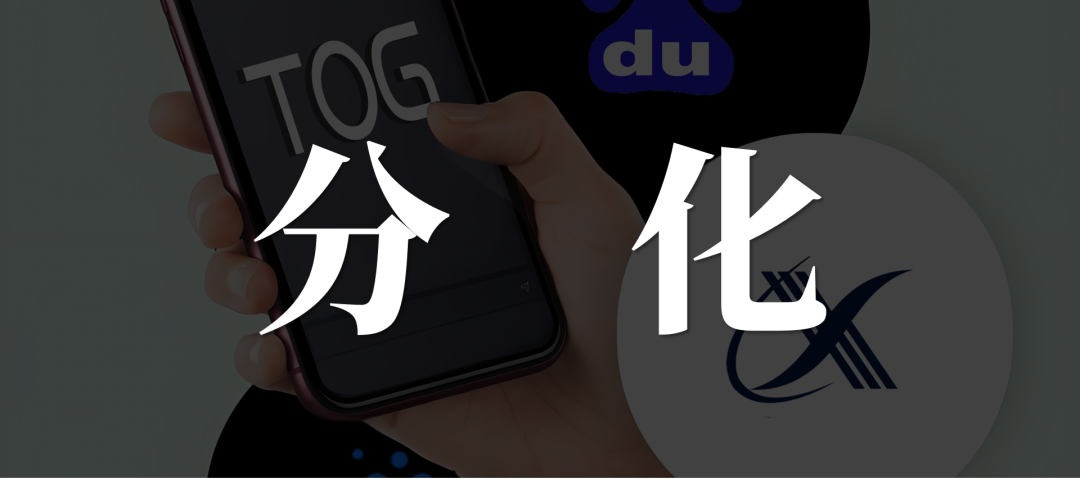
The pie on offer in the big model ToG market is sizable.
Since 2023, there has been a surge in demand for big model procurement, fueling a heated bidding market. According to public tender data, there were 190 big model procurement tenders launched throughout 2023, with a total procurement value of 595 million yuan. In the first half of this year alone, there were 498 big model-related tender projects, totaling 1.34 billion yuan, more than double the amount from last year. In August, the number of winning bids for big model projects hit a new high of 127, with 84 projects disclosing a total value of 390 million yuan.
In July of this year, the State Council Information Office held a press conference on the theme of "Promoting High-Quality Development," announcing that central enterprises are expected to invest over 3 trillion yuan in large-scale equipment upgrades over the next five years. This includes deploying advanced equipment with high technology, efficiency, and reliability to accelerate digital transformation and promote the deep integration of AI and other new technologies with the entire manufacturing process.
The surge in project demand coincides with the commercialization challenges facing the domestic big model market. While the 3 trillion yuan pie is not exclusive to the big model sector, Xu Wenqiang, President of the Forward Industry Research Institute, has publicly stated that AI big model applications will gradually move from current business scenarios to decision-making and management scenarios. It is expected that the domestic AI big model industry will exceed 100 billion yuan in market size by 2028, with a compound annual growth rate exceeding 50% over the next five years.
Although central enterprises operate under market principles, they have a greater incentive to foster industries and create demand with the support of state-owned assets. Among the publicly disclosed tender projects, there are numerous traditional industries undergoing digital upgrades, such as energy, telecommunications, finance, and education. Central enterprises like China Mobile, China Tower, China Southern Power Grid, and China Energy Group are frequent bidders.
However, among the winning bidders, there is a divergence in attitudes among big model enterprises. According to incomplete statistics from the self-media outlet "Silicon Valley Pro," Zhipu AI led the number of winning bids in the first half of the year, followed by Baidu and iFLYTEK. Beyond the top three, subsequent bidders like Huawei, SenseTime, Alibaba, and Tencent lagged significantly in terms of winning bids, with other members of the big six AI models, equally renowned as Zhipu AI, nowhere to be seen.
From other public sources, it is clear that iFLYTEK, Zhipu AI, and Baidu are undoubtedly the main players in the big model ToG market. In particular, iFLYTEK won 112 and 127 projects in July and August, respectively, with the latter month's winning bids exceeding 150 million yuan.
Industry analysts told "TechInsights" that "large enterprises have a natural advantage in the ToG space. Government departments or central enterprises place great importance on bidders' qualifications and experience. Many small and medium-sized enterprises, even if they have the ability to implement and execute, can at best become subcontractors to winning bidders."
Both Baidu and iFLYTEK have accumulated rich and mature ToG experience in their previous core businesses, allowing them to directly leverage their customer resources for big model products. Zhipu AI, on the other hand, has adhered to a ToB strategy since its inception, with a broader range of tender project types and project values ranging from tens of thousands to millions of yuan.
In this minority game of "Three Kingdoms," how many winners will ultimately emerge?
02.
Eating the Meat or Drinking the Soup
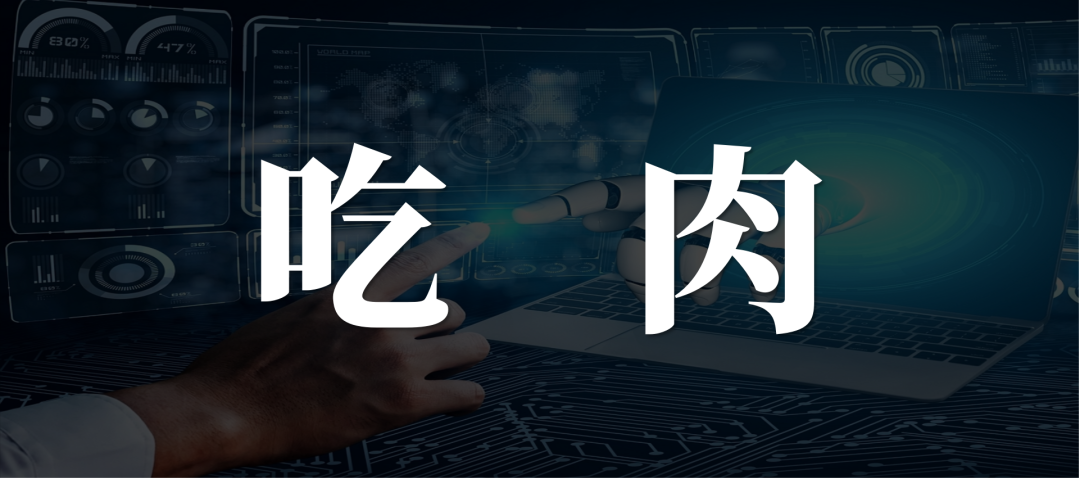
In the ToG business of AI big models, what changes are the products and services delivered, but what remains constant are the G-end customers and market characteristics.
Yi Feifan, a prominent figure in the domestic venture capital circle, once wrote that among the top 60 enterprise service companies in China, nearly 70% are focused on the ToG market, with half of them having gross margins below 50%, compared to over 70% for their American counterparts.
Most demanders in the ToG market are government departments or large central enterprises, which often issue large-scale tenders. However, complex implementation scenarios and strict risk control standards can significantly raise execution costs, ultimately leaving slim margins for winning bidders. As laws and regulations such as the Government Procurement Law and the Tendering and Bidding Law are improved, the procurement price system becomes increasingly transparent, and profit margins for most tenders gradually stabilize.
Moreover, G-end customers prefer integrated solution providers for convenience, who then either fulfill the demand themselves or subcontract it to other suppliers.
As the lowest-level small and medium-sized suppliers, while they must rely on integrated solution providers to secure contracts, their flexible business models enable higher-quality revenue streams. Integrated solution providers, on the other hand, must not only manage the typically long payment terms from G-end customers but also ensure delivery standards from suppliers, relying on continuous contracting to expand their scale. Occasionally, however, integrated solution providers may pass on pressure to suppliers.
Hence, internet giants like Baidu and Huawei have frequently emerged as leaders in the ToG market in recent years, primarily because they can play dual roles as both integrated solution providers and suppliers, ensuring a certain level of profit margin. Additionally, their diverse business portfolios and healthy ToC operations allow them to view ToG as a bridge to building government relations, even if it doesn't directly generate profits.
iFLYTEK's approach is unique, adhering to a dual strategy of ToG and ToC for many years. As co-founder Hu Yu explained, they leverage core technologies to address national planning issues while also offering products like translation devices for the mass market, which can confuse some observers.
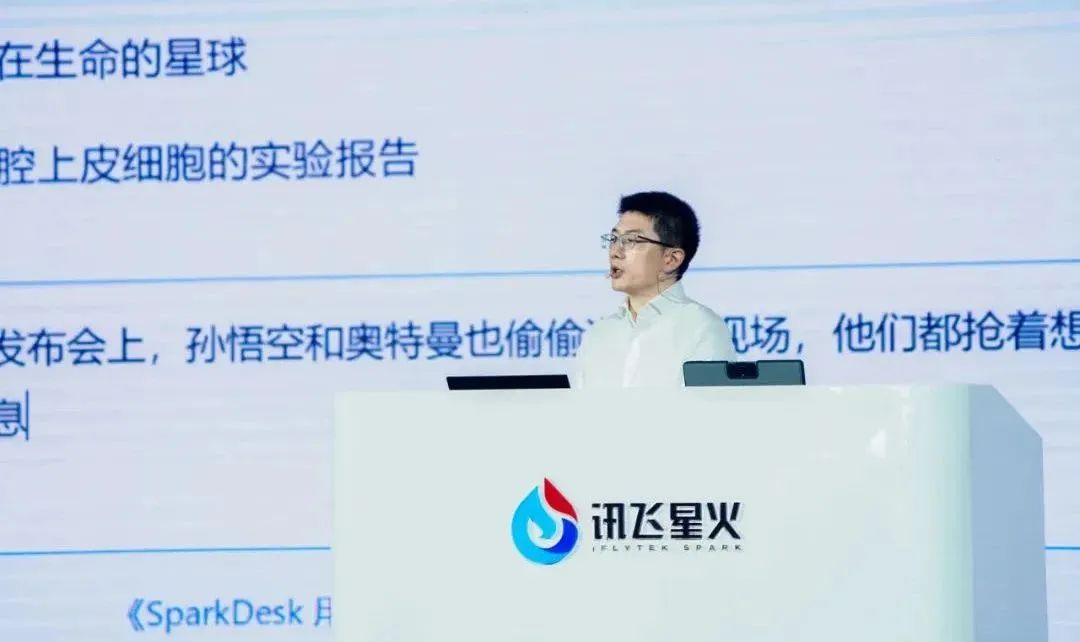
However, despite Baidu and iFLYTEK's significant investments in big models and their dominance in the ToG market, their financial contributions differ.
Baidu's second-quarter revenue reached 33.9 billion yuan, with core operating profit of 5.6 billion yuan, a 23% year-on-year increase, primarily driven by the accelerated growth of its cloud business, which is also related to the advancement of its big model business. Meanwhile, iFLYTEK's half-year financial report showed revenue of 9.325 billion yuan, a year-on-year increase of 18.91%, but a net loss of 401 million yuan, marking the company's first half-yearly loss since its listing, partly attributed to investments in big model infrastructure.
Baidu founder Robin Li provided an explanation for this disparity during a recent Q3 executive meeting. According to 36Kr, Li believes that ToB businesses must standardize their offerings, which often involve project-based work with diverse demands, on-site personnel, and backend development modifications.
Products like Comate, while currently not generating significant revenue or being highly competitive, have a low starting point that Li finds acceptable. He believes that continuous investment will raise the bar, widen the gap with competitors, and point to a promising future.
Simultaneously, Li emphasizes focusing on mid-tier customers. He notes that while mega-customers may not be lucrative, and long-tail customers can be challenging due to limited budgets, the middle market offers opportunities.
Zhipu AI, the only startup among the big three players in the ToG "Three Kingdoms" battle, is still in the stage of continuous fundraising, having completed its 11th round of funding just last September. Its frequent forays into ToG projects are more akin to an extension of its ToB strategy than a reliance on large orders from central enterprises for financial recovery.
When even the main protagonists may not be aiming to win the game outright, it's easy to understand the choices of other players who remain on the sidelines.
03.
Shortcuts and Pitfalls
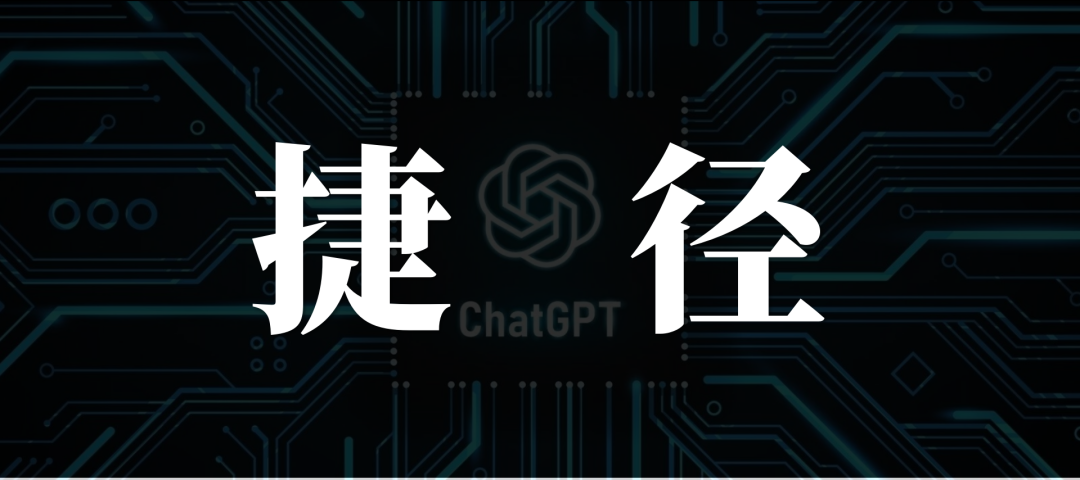
Entrepreneurs in the domestic ToB sector often hold ambivalent views towards the ToG market. Some companies have soared to success by seizing opportunities in government reform, while others struggle with the uncertainties of business relationships.
Jia Yangqing, former Chief AI Scientist at Alibaba, once bluntly stated that there are two sticking points in the commercialization of big models: revenue flows differ from the past, and the timeframe for generating revenue from big models is much shorter compared to traditional software.
Zheng Yu, Vice President of JD.com Group and President of JD City, has noted that the government can be seen as a "super B-end customer." The ToG market for big models essentially follows the same rules as the ToB route, such as the separation between product users and purchasing decision-makers.
A product manager with years of experience in the ToG industry told "TechInsights" that when designing products, their primary focus should be on interpreting policy documents to find content that supports leaders' performance, followed by considering the actual needs to be met after product delivery.
Furthermore, the procurement of digital projects like AI big models often involves reshaping traditional work processes. When these changes impact organizational structures and job reassignments, internal project approvals require negotiations between leaders from different departments.
This profit model is similar to that of traditional SaaS products. "TechInsights" learned from a SaaS entrepreneur that they once worked on a digital project that could significantly reduce offline labor costs. After successfully navigating initial demand refinement and demo development, the project ultimately failed at the final approval stage despite their efforts.
Unlike overseas SaaS companies that primarily serve small and medium-sized customers with highly standardized products, domestic SaaS companies rely heavily on revenue from large customers, who often demand a high degree of customization, effectively increasing costs and lowering overall gross margins.
A typical example is ByteDance's collaborative office product, Feishu, which laid off employees due to cost pressures. Faced with competitors like Alibaba's DingTalk and Tencent's WeChat Work occupying the minds of small and medium-sized customers, Feishu attempted to create benchmark cases through large customer models, only to be dragged down by the ever-expanding team sizes required to meet high customization demands, ultimately leading to a one-third reduction in headcount from its peak and a temporary acceptance of a follower position in the market.
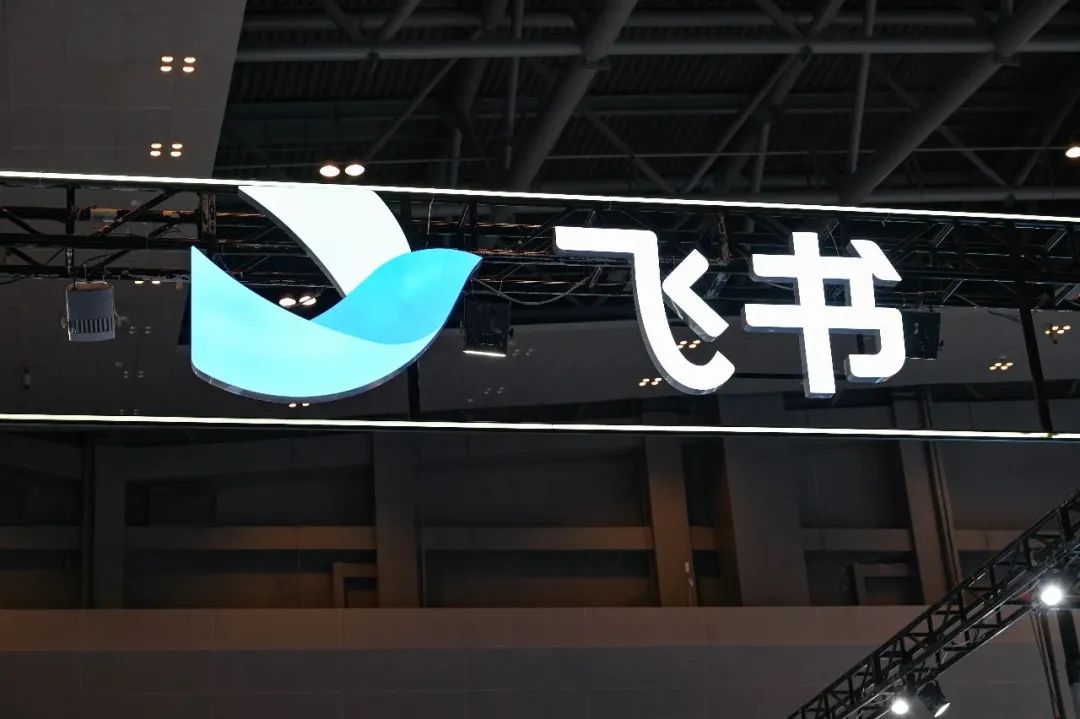
Setting aside the unique subjective factors of ToG projects, the cost dilemma commonly discussed in the ToB market is also a challenge that big model enterprises must face. Beyond government and central enterprise project-based tenders, most B-end customers of AI big model products adopt an API call charging model, requiring continuous usage to ensure cash flow revenue.
In the small and medium-sized customer market, large enterprises have unhesitatingly initiated price wars. As a representative of the startup camp, Zhipu AI officially lowered the price of its entry-level product, the GLM-3 Turbo model, from 5 yuan per million tokens to 1 yuan per million tokens in June, a reduction of up to 80%.
Compared to the money-losing tactics in the ToC and ToB markets, the ToG market, despite its flaws, is the quickest path for big model enterprises to see a return on investment. However, this temporary sweet reward can become a trap if not pursued with a long-term vision, ultimately requiring a return to the basics to make up for lost ground.








